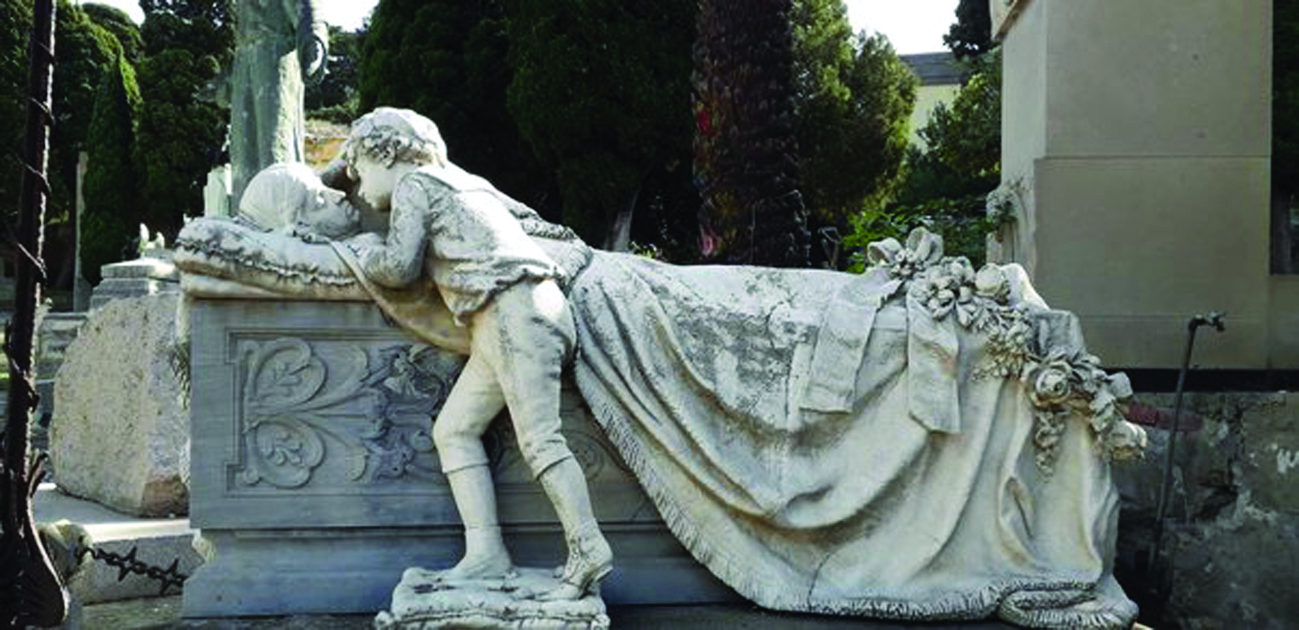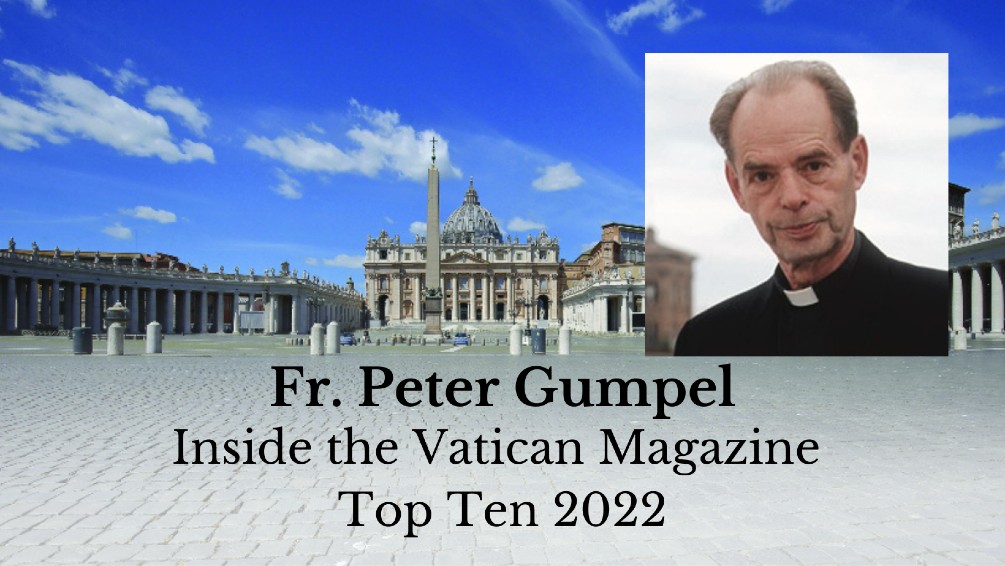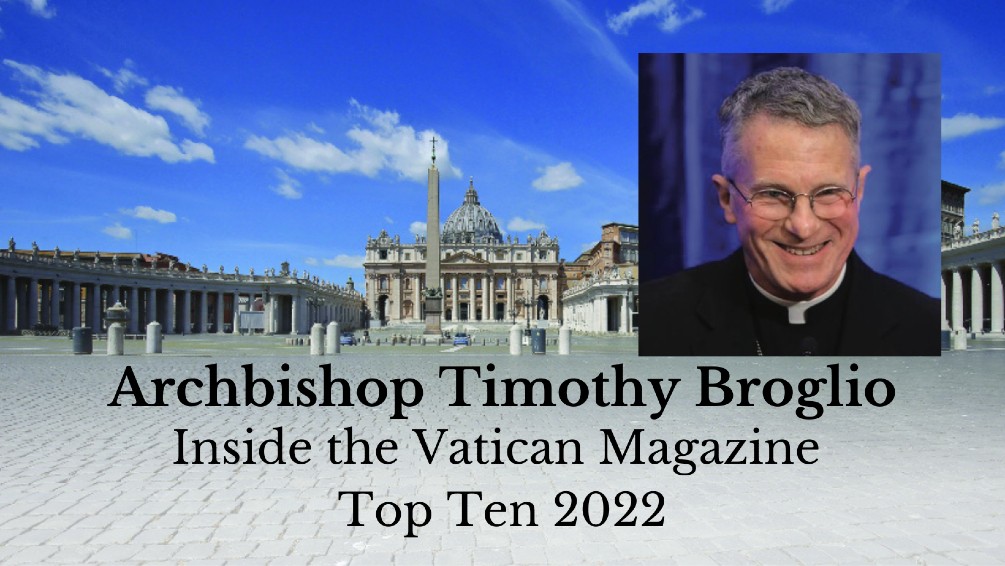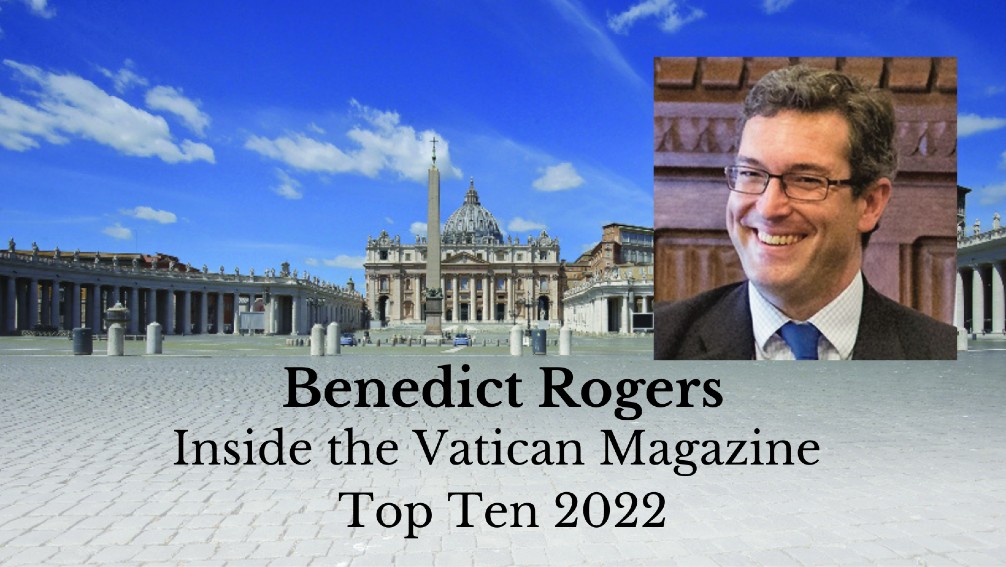RESTORATION OF THE BASILICA OF SAINT AUGUSTINE IN ALGERIA
According to Vatican Radio, BENEDICT XVI will contribute to funding the restoration of Algeria’s St. Augustine Basilica in Hippo (Annaba) which began a year ago. The church stands on a hill overlooking the ruins of Hippo, the episcopal see of that Father of the Church, and was built early last century, half in the Arab-Moorish style and half in the Romanesque-Byzantine style as a symbol of the universal appeal of the author of The Confessions. The project is supported by the Algerian and French authorities as well as other benefactors.
OFFICIAL LOGO FOR WORLD YOUTH DAY 2013
The logo for World Youth Day 2013 was revealed in the John Paul II Center in Rio de Janeiro, Brazil. GUSTAVO HUGUENIN, 25, creator of the winning logo, is a Brazilian.
The logo shows Rio’s most famous symbols — Christ the Redeemer statue, Sugarloaf Mountain, the Brazilian coastline — and the World Youth Day pilgrim’s cross inside a heart symbolizing the heart of the disciple. The green, yellow and blue of the heart are the colors of the Brazilian flag.
WYD 2013 will be held in Rio from July 23 to 28, 2013.
NOMINATIONS
On February 12, Cardinal Raymond Leo Burke (left), prefect of the Supreme Tribunal of the Apostolic Signatura, celebrated Holy Mass in the chapel of the Pius XI Sports Field on the occasion of the installation of Monsignor ALDO TOLOTTO (right) as the new president of the Oratory of St. Peter in Rome, which is supported by the Knights of Columbus. Participating dignitaries were Supreme Knight Carl A. Anderson accompanied by his wife Dorian, Cardinal Bernard F. Law, Cardinal Andrea Cordero Lanza di Montezemolo, Cardinal Raffaele Farina, Most Rev. Giorgio Corbellin, Msgr. Peter Brian Wells and Fr. Giuseppe Costa.
Msgr. Tolotto, born near Venice, spent some 50 years in the Middle East. He was director of the Notre Dame of Jerusalem Center, then came to direct the Domus Sanctae Marthae in the Vatican, a structure desired by His Holiness John Paul II to host conclave participants and dignitaries visiting the Holy See.
Cardinal ANGELO BAGNASCO of Genoa (above) has been confirmed by Pope Benedict XVI to a second 5-year term as president of the Italian Bishops’ Conference (CEI). Bagnasco was chosen by Pope Benedict in 2007 to succeed Cardinal Camillo Ruini, who had been head of the Italian episcopal conference for a remarkable 16-year stretch. Italy is the only country in which the Pope chooses the head of the episcopal conference. “In accepting this role from the Holy Father with gratitude and a spirit of faith, I would like to dedicate to him my personal devotion,’’ Bagnasco, also archbishop of Genoa, said.
The Holy Father has named Cardinal EDWIN FREDERICK O’BRIEN, 73 (left), the former archbishop of Baltimore, to be Grand Master of the Order of the Holy Sepulcher of Jerusalem. O’Brien was appointed Pro-Grand Master on August 29, 2011, succeeding the late Cardinal John Patrick Foley, who resigned in February 2011, having reached the age limit.
Pope Benedict XVI has named Msgr. David Malloy, 56 (left, CNS photo/Nancy Wiechec), the former general secretary of the US Conference of Catholic Bishops, to be the bishop of Rockford, Illinois. The Vatican announced the appointment March 20.
The Pope has named Bishop William E. Lori, 60 (right, CNS photo/Bob Roller), of Bridgeport, Connecticut, to be the new archbishop of Baltimore. The Vatican announced the appointment March 20.
Bishop Kevin W. Vann, 60, of Forth Worth, Texas (next page, CNS photo/Paul Haring), walks in procession with bishops from Texas, Oklahoma and Arkansas after concelebrating Mass March 19 at the Basilica of St. Paul Outside the Walls in Rome. The bishops were making their ad limina visits to report on the status of their dioceses to the Pope and Vatican officials.
INTERVIEWED BY AL-JAZEERA
The president of the Pontifical Council for Interreligious Dialogue, Cardinal JEAN-LOUIS TAURAN, has given an interview to the Al-Jazeera television network. The wide-ranging conversation included the exodus of Christians from the Middle East, the situation in the Holy Land, discrimination against Muslims in Europe, and interreligious dialogue. (Vatican Radio)
THE POPE’S INFANCY, TOLD BY HIS BROTHER
My Brother, the Pope is a book based on interviews with Msgr. GEORG RATZINGER by German writer Michael Hesemann and was originally published in German last year. Recounting their rural Bavarian childhood and subsequent life-long friendship, the elder brother of Pope Benedict XVI offers a privileged look at the personal side of the spiritual leader of 1.3 billion Catholics.
Joseph was “very slight and delicate” at birth, Msgr. Ratzinger says, and was “often sick” as an infant, with diphtheria among other ailments. Later on, Joseph’s favorite toys were stuffed animals, and he was particularly attached to a pair of teddy bears.
Msgr. Ratzinger describes family life with their parents and older sister Maria as free of any overt conflict, “since each one settled that himself and with God in personal prayer.”
When a cardinal visited their small town in 1931, arriving in a black limousine, 4-year-old Joseph exclaimed, “I’ll be a cardinal someday!” Nevertheless, Msgr. Ratzinger says, his brother was never ambitious, and external honors have been “always unwelcome” to him.
The future Pope, now a proficient amateur pianist and lover of Mozart, “did not take to music quite as spontaneously as I did,” says Msgr. Ratzinger, who went on to become the choirmaster of the Regensburg, Germany, cathedral. His brother “was a little more restrained, although he is a very musical person,” Msgr. Ratzinger says.
In 2005, after the death of Blessed John Paul II, Msgr. Ratzinger was sure that his brother was too old to be elected Pope. When he heard the new pontiff’s name pronounced on live television, he admits that he was “disheartened.”
Msgr. Ratzinger says that his brother has not been indifferent to the many criticisms that he has received during his career, as prefect of the Vatican’s Congregation for the Doctrine of the Faith and then as Pope.
Pope Benedict is “personally very sensitive, but he also knows from which corner these attacks come and the reason for them, what is usually behind them,” Msgr. Ratzinger says. “That way he overcomes it more easily, he rises above it more simply.”






Facebook Comments